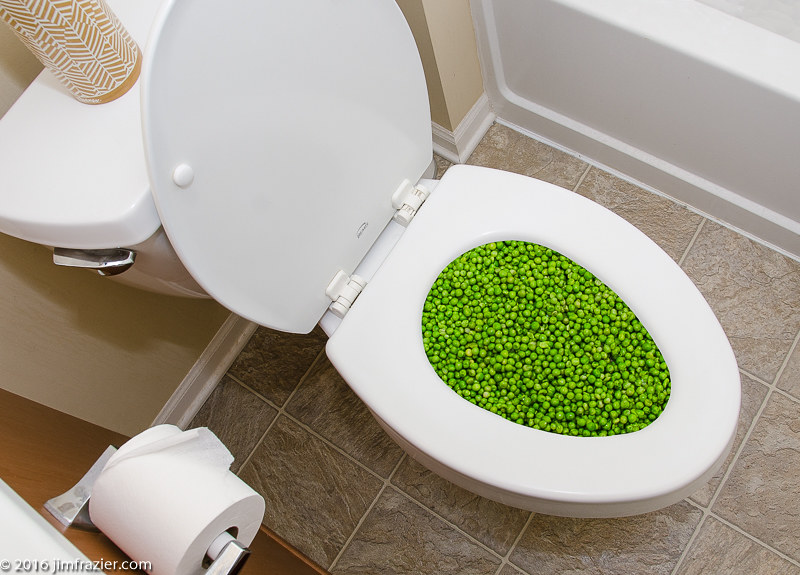Is it Reasonable to Dispose of Food Waste in the Toilet?
Is it Reasonable to Dispose of Food Waste in the Toilet?
Blog Article
This great article which follows about What Can Happen If You Flush Food Down the Toilet? is really fascinating. Read it yourself and figure out what you think of it.

Intro
Lots of people are often faced with the problem of what to do with food waste, especially when it pertains to leftovers or scraps. One typical concern that develops is whether it's okay to purge food down the bathroom. In this write-up, we'll look into the reasons individuals could think about flushing food, the repercussions of doing so, and alternate methods for appropriate disposal.
Reasons that individuals might take into consideration purging food
Absence of awareness
Some individuals may not understand the prospective harm caused by purging food down the toilet. They may mistakenly think that it's a safe practice.
Benefit
Flushing food down the toilet may seem like a fast and easy service to disposing of undesirable scraps, especially when there's no nearby trash can offered.
Idleness
In some cases, individuals might merely select to flush food out of large idleness, without considering the consequences of their actions.
Effects of flushing food down the toilet
Environmental influence
Food waste that winds up in rivers can contribute to air pollution and harm aquatic environments. Additionally, the water utilized to flush food can stress water resources.
Plumbing issues
Flushing food can result in clogged up pipelines and drains, causing costly pipes fixings and inconveniences.
Kinds of food that should not be purged
Fibrous foods
Foods with fibrous appearances such as celery or corn husks can get entangled in pipelines and trigger clogs.
Starchy foods
Starchy foods like pasta and rice can soak up water and swell, causing obstructions in pipelines.
Oils and fats
Greasy foods like bacon or cooking oils need to never ever be purged down the bathroom as they can solidify and create obstructions.
Correct disposal techniques for food waste
Making use of a waste disposal unit
For homes outfitted with garbage disposals, food scraps can be ground up and purged via the pipes system. Nonetheless, not all foods are suitable for disposal in this fashion.
Recycling
Particular food product packaging materials can be recycled, minimizing waste and decreasing ecological effect.
Composting
Composting is an environmentally friendly method to throw away food waste. Organic products can be composted and made use of to improve soil for horticulture.
The importance of correct waste administration
Reducing environmental damage
Correct waste monitoring practices, such as composting and recycling, assistance minimize pollution and maintain natural resources for future generations.
Securing pipes systems
By avoiding the method of flushing food down the commode, home owners can prevent pricey pipes repair services and keep the integrity of their pipes systems.
Verdict
In conclusion, while it may be appealing to purge food down the toilet for convenience, it's important to understand the prospective effects of this activity. By embracing proper waste management techniques and disposing of food waste sensibly, individuals can add to much healthier pipes systems and a cleaner atmosphere for all.
FLUSH FOOD DOWN THE TOILET?
FLUSHING FOOD CAN CAUSE BLOCKED DRAINS IN YOUR HOME
All of the plumbing fixtures in your home are connected to the same sewer pipe outside of your home. This outdoor sewer pipe is responsible for transporting all the wastewater from your home to the Council sewer mains. Even small pieces of food that go down the kitchen sink can cause problems for your sewer. It should therefore be obvious that flushing larger bits of food, such as meat, risks a clog in either the toilet itself or the sewer pipes. Flushing greasy food is even more problematic because oil coagulates when it cools, coating the interior lining of your pipes.
THE TOILET IS NOT A BIN
Food isn’t the only thing that people shouldn’t be flushing down the toilet. People use the toilet to dispose of all kinds of things such as tampons, makeup wipes, dental floss, kitty litter and even underwear. Water goes to great lengths to educate residents about the high costs and stress placed on wastewater treatment systems simply from people flushing the wrong stuff down the toilet. It costs taxpayers millions of dollars each year, and homeowners thousands in blocked drain repairs.
FLUSHING FOOD IS A WASTE OF WATER
Flushing food is a waste of our most precious resource - water. In June this year Level 1 water restrictions were introduced to protect water supply from drought conditions. Much of New South Wales continues to be affected by prolonged drought with recent figures revealing up to 97 per cent of the state remains in drought. Depending on whether you have a single or dual flush toilet, every single flush uses between five and 11 litres of water. In the current climate this is a huge amount of water to be wasting on flushing food that should be placed in the bin (or better yet, the compost).
https://www.jabplumbingsolutions.com.au/blog/can-you-flush-food-down-the-toilet

I am just very interested in Think Twice Before Flushing Food Down Your Toilet and I really hope you enjoyed reading my entry. Feel free to set aside a second to distribute this blog post if you enjoyed it. I value your readership.
Click Here Report this page